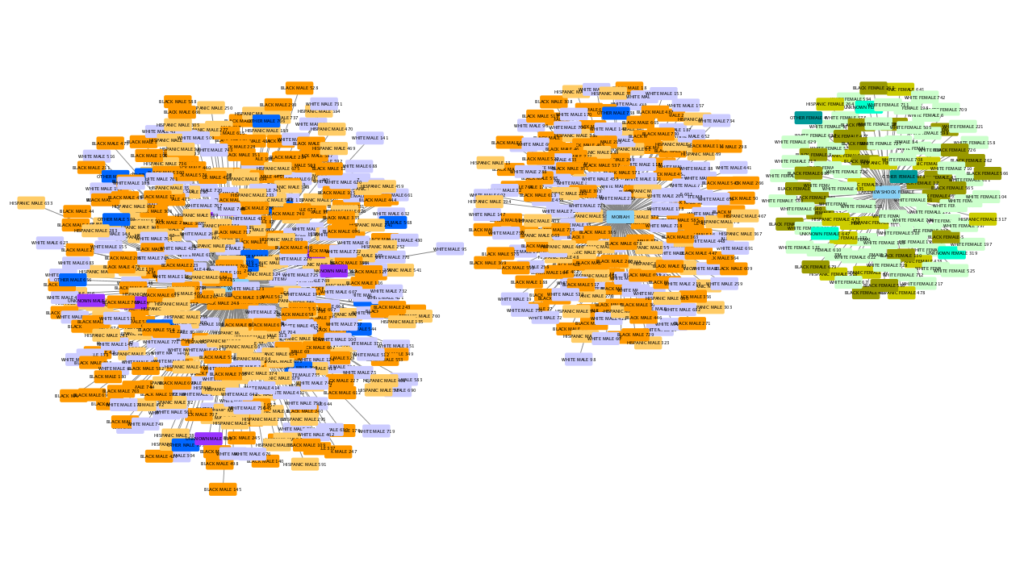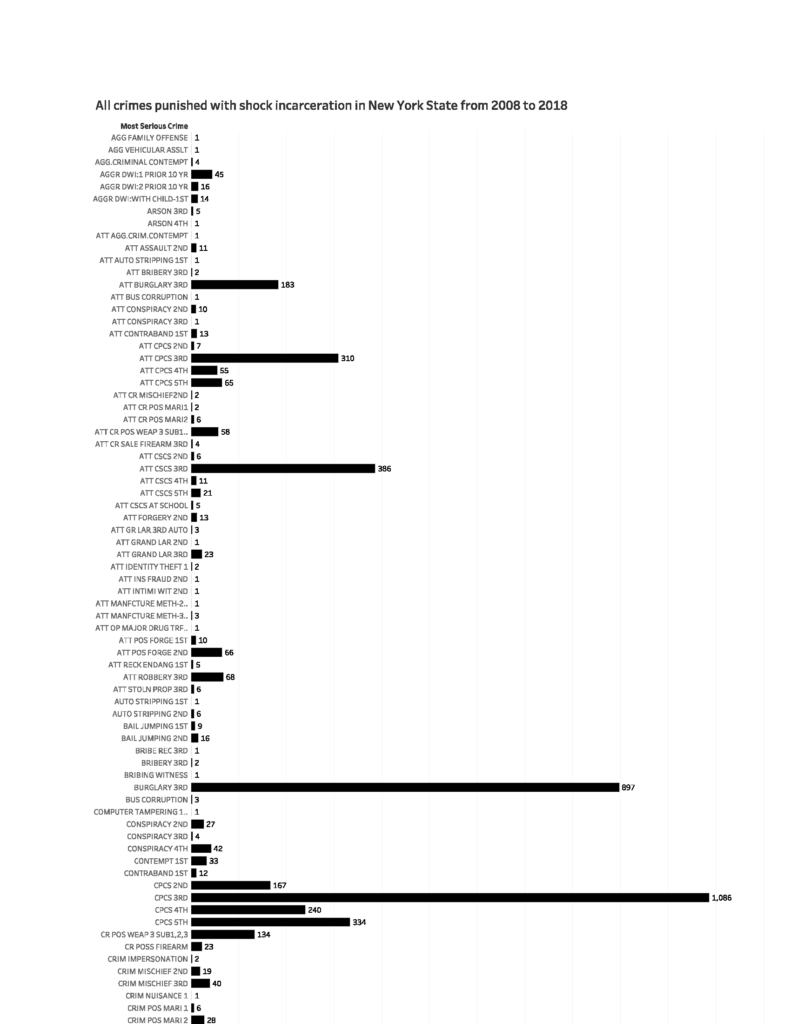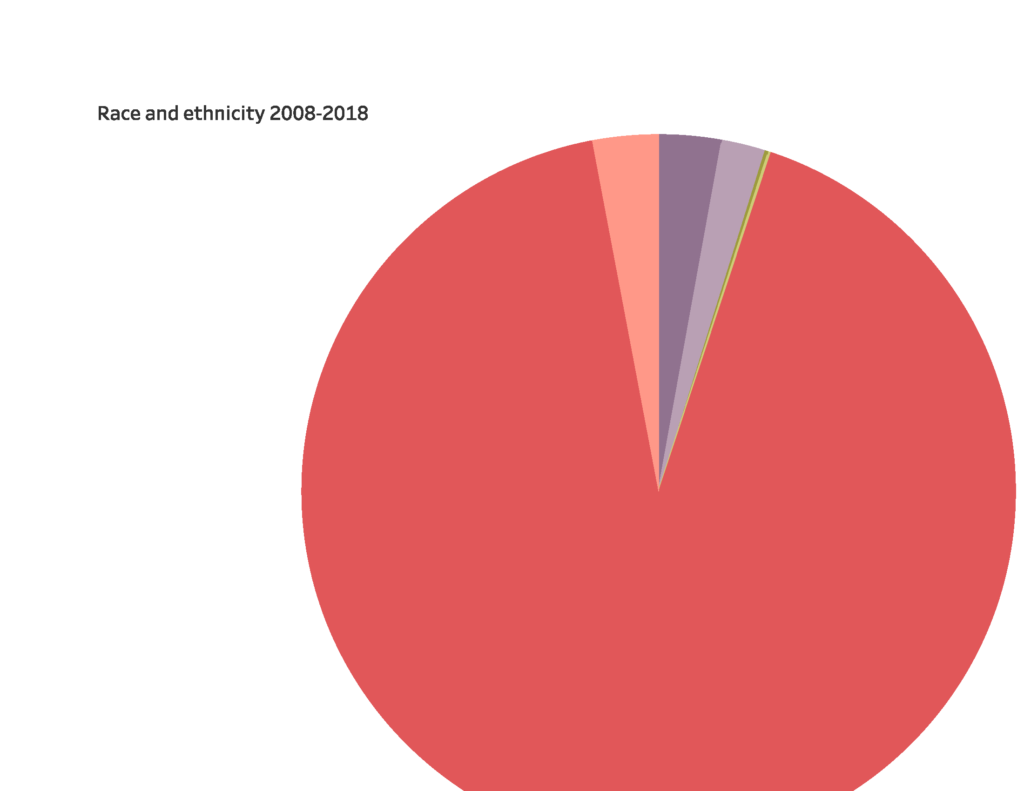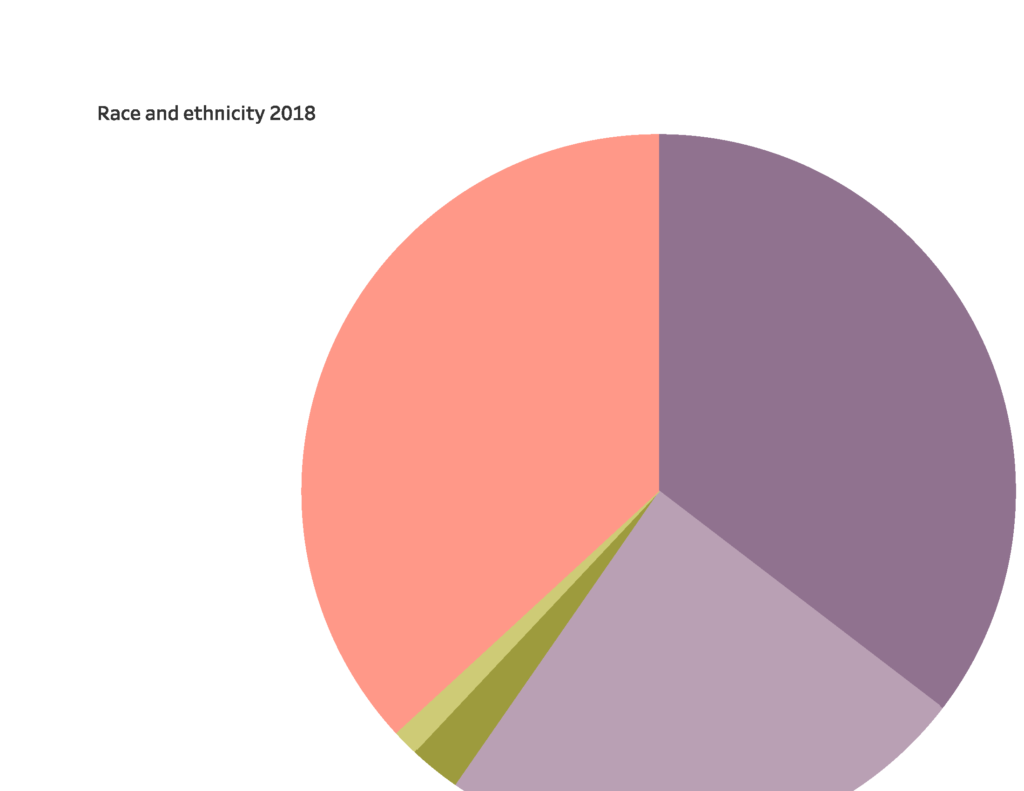Here are excerpts from my project proposal. If you want to read the whole proposal let me know and I’ll share it with you.

Photograph from Vera Institute of Justice Reimagining Prison Report
In view of the devastating effects of mass incarceration in the United States and in an effort to address the needs of incarcerated people as they rebuild their lives, I propose to design and develop an undergraduate college-level course in digital skills and digital humanities to be taught in prison. Although education is a powerful tool for successful reentry, only 35% of prisons in the United States offer college courses at the present time.[1] Digital humanities are hardly taught at all. An environmental scan of college programs in prisons shows a low occurrence of digital humanities courses in curricula largely due to a scarcity of hard and soft infrastructure to support digital work and because incarcerated people are generally forbidden access to the internet. This gap, or digital divide, presents us with an opportunity to build a course that does not exist at the present time and to innovate through exploring ways to teach specific digital skills without an internet connection. By developing minimal computing software we will create course materials easily exportable to low-tech environments around the world. We will produce a course curriculum, syllabus, lesson plans with datasets, open source documentation and a project website.
This project comes at a time when the field of Digital Humanities is turning from seeing itself under a big tent to being under no tent. Teaching digital humanities and digital skills in prison is an opportunity to share the work we do in the field of digital humanities with a population that on one hand, given its disadvantages, will benefit greatly from having a digital edge and on the other hand will add new perspectives and contributions to the field of digital humanities, expanding its scope by bringing the interests and concerns of communities traditionally underrepresented in digital humanities to the fore.

Photograph from Vera Institute of Justice Reimagining Prison Report

Photograph by anonymous
[1]Bender, Kathleen. “Education Opportunities in Prison Are Key to Reducing Crime.” Center for American Progress, March 2, 2018.
See also Reimagining Prison Report. Vera Institute of Justice, October 10, 2018.







 Phew, that’s all for now. See it on Tableau, there’s no comparison.
Phew, that’s all for now. See it on Tableau, there’s no comparison.
